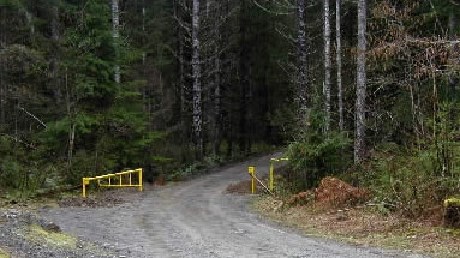 A 30-year veteran of provincial land-use decisions has some advice for those outraged by recent legislation about parks and the agricultural land reserve.
A 30-year veteran of provincial land-use decisions has some advice for those outraged by recent legislation about parks and the agricultural land reserve.
Relax.
The park changes that prompted so much suspicion are an entirely warranted administrative update of a law that was out of date. The Agricultural Land Reserve changes just reflect the modern conceptual framework for the land reserve and could work to make farming more viable.
So says James D. Anderson, who spent from 1970 to 2000 working on land-management issues in the parks system and also on ALR designations. In retirement, he wrote the definitive history: B.C.’s Magnificent Parks — The First 100 Years.
He has a pretty solid background in both of the subject areas that have provoked suspicion and hostility since legislative changes were introduced.
It’s the ALR changes that have sparked the most concern. They were introduced March 27 and the NDP Opposition and many ALR defenders are bracing for a major argument. The 40-year-old system will be redesigned to create two zones of protection. Vancouver Island, the Okanagan and the Lower Mainland-Fraser Valley will remain unchanged, with protection of farmland as the sole criterion for designation. The rest of B.C. will fall in a new zone where economic, social and cultural factors can be considered when it comes to the designation. And the decisions on removal of land from the reserve will be made by six new regional panels.
In the face of many who insist the changes will destroy the ALR in much of B.C., Anderson said the change could work out fine.
The second zone covers the vast majority of B.C., but ALR land there produces scarcely 10 per cent of B.C.’s total harvest. Anderson said much of the land is poorer soil, and is in much larger parcels.
The whole conceptual basis for the ALR in the 1970s was to protect farmland from urban and suburban growth. But the relentless pressure to destroy farmland by subdividing and developing it isn’t nearly as strong outside of the three regions where the ALR is left untouched in the legislation.
“Defining appropriate uses is much different than in the Okanagan, the Lower Mainland or on the Island,” he said. “Conceptually, I can see value in morphing to more flexible administrative policies [in the second zone], but holding firm [in the first zone].”
Owners of ALR land face completely different issues outside of the three regions that are left untouched, he said. Defining alternative uses for designated land there is appropriate, he said, particularly when many landowners are part-time farmers who make much of their family income off the property.
“People are imagining all the worst things that could happen,” he said. But they aren’t taking into account the generally impressive record of all governments over the past 40 years in respecting the ALR. Major removals are few and far between, he said.
Anderson has a similar outlook on the park amendments, which outline a new process for how research will be conducted in parks.
Critics suspect it’s a back-door route to allow for resource development in parks. But Anderson said such research is badly needed for a specific reason. It’s that there are now more than 1,000 parks in B.C., many times more than there were 30 years ago. So many resource projects are bound to run into park issues and they need to be researched.
And as with the ALR, most governments over time have been reluctant to violate parks. Anderson said there are several cases where they were tampered with, but the general approach for the past 20 years has been hands-off.
And none of the recent changes change the approval process for things like pipelines or utility corridors. They have their own environmental assessment requirements, public reviews and permitting systems.
“I suggest the critics cry wolf,” he said. The record of defending agricultural and park land in B.C. over the long haul is an enviable one, he said.
Which leaves him pondering why the same people who press for changes to water and mineral laws cry foul when updates are made to parks and farmland laws.



